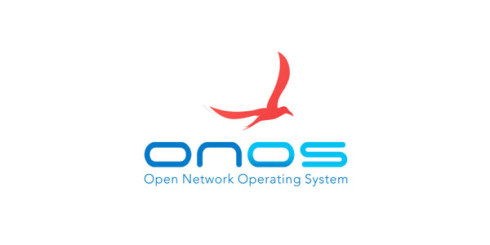The ONOS community has announced the availability of its latest release of the open source SDN Network Operating System (ONOS), Emu, the fifth platform release from ONOS in one year.
The rapid development of quarterly releases demonstrates the commitment by the community to expand and evolve ONOS as a viable open source solution that allows partners, collaborators and individuals to build real SDN and NFV products and solutions. ONOS has rapidly evolved to become a platform for service providers to monetise SDN and NFV, while helping vendors and service providers alike to create SDN and NFV solutions leveraging open source and invent new business models.
Both the community and its contributions are growing rapidly. ONOS’ community contributions include improvements to the platform such as IP Multicast and SDN-IP and key use cases including Central Office Re-Architected as a Data Center (CORD), Packet/Optical, service function chaining (SFC) and support for the Open Platform for NFV Project (OPNFV) and OpenStack.
“The ONOS project continues to accelerate the process of quarterly releases with the participation of the community. The cadence of quarterly releases is becoming a habit and one that is very important for the rapid evolution and long term success of ONOS,” said Bill Snow, the vice president of engineering at ON.Lab. We’re very heartened to see the growing contributions from our community for the Emu release and use cases.”






